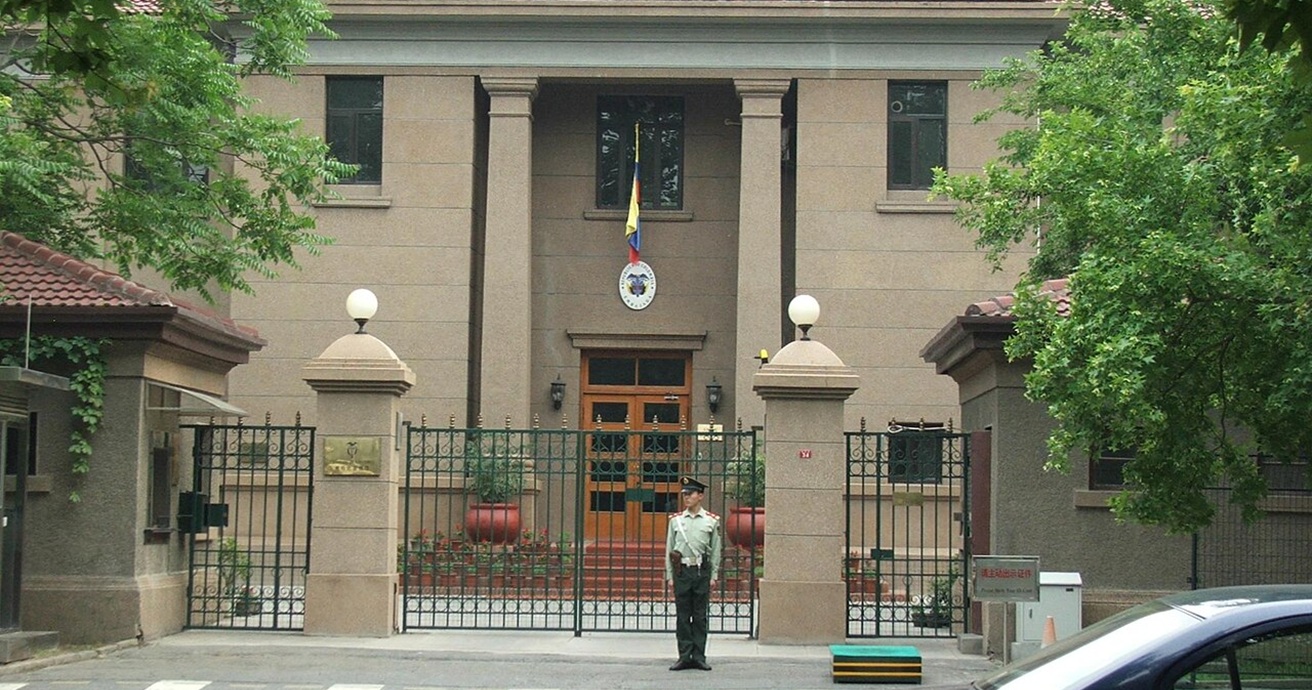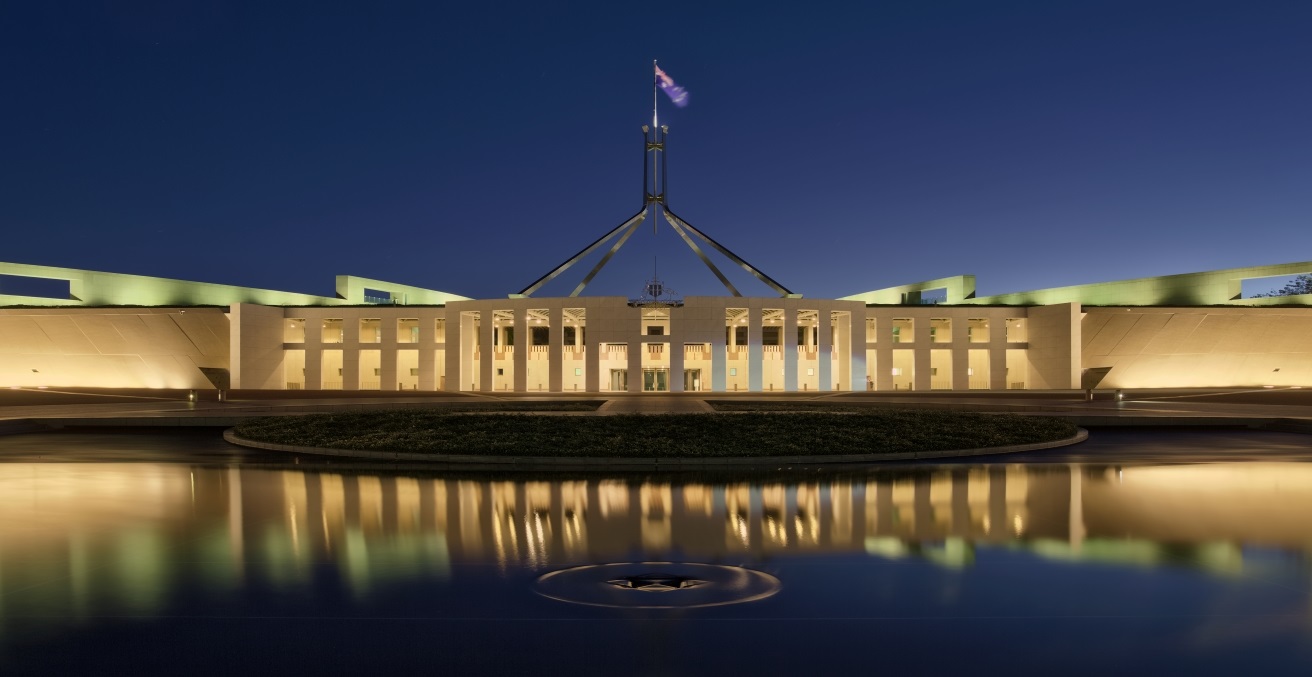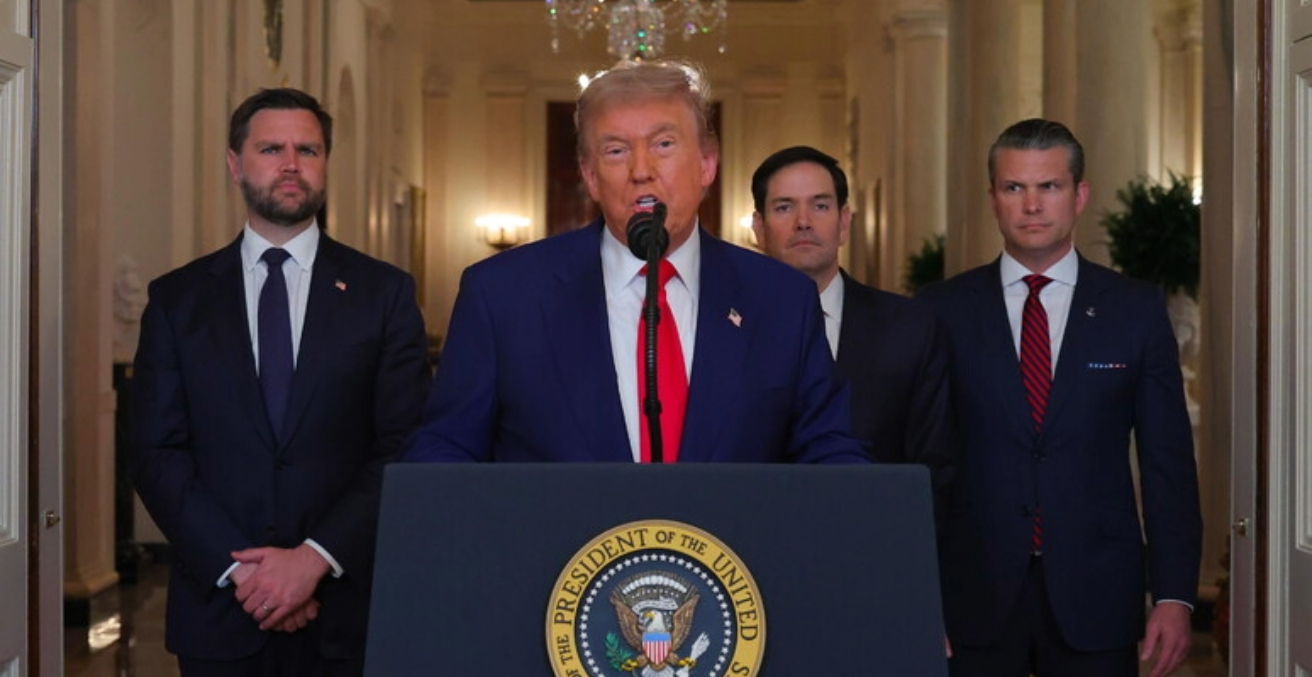As the Shrine of Remembrance turns 90, we must continue to seek honesty in our War Commemorations. And it is important to note that our Mourning brings Love and Hope for Peace not support for more War.
To mourn comes from love; to hope comes from love. So much of our attention is preoccupied by what we should mourn. Less has been put on what comes from that love, of those lost and sacrificed for the living, and those we hope will not suffer wars in the same way.
Collective acts of mourning, memorialisation, and remembrance are vital to the process of nation building. Memorial sites, as architectural embodiments of this grief and contemplative rumination, have long stood as solemn reminders of the immense sacrifices made during times of conflict.
At 11am, on the 11th day of the 11th month, every Remembrance Day, Melbourne is witness to a rather mystic union of nature and human engineering, what is referred to as the “Ray of Light Ceremony.” To commemorate the signing of the armistice that ended the Great War, specifically designed apertures in the Shrine of Remembrance invite rays of sunshine to creep through the building, illuminating and moving across the word “Love” from the biblical verse engraved onto the Stone of Remembrance: “Greater Love Hath No Man.” Since the opening of the Shrine 90 years ago, with some engineering tweaks here and there, the tradition has been carried out intact every year.
The Shrine, in this practice, is to make divine the sacrifices of war. But, of course, we can’t retrieve the past by memorialising it; rather, in what James Martin calls an “impossible gift,” memory is a “form of inheritance that charges us to remember anew” in the present. What is its present contribution to our city and nation’s collective identity at a time where the world seems at war?
There is promise in the Shrine’s ongoing enhancements to further the ongoing storying of Australian engagement in conflicts in our region. The Shrine Trustees have given consideration to how ongoing physical developments at the Shrine increasingly embrace its identity as a site of consciousness. For example, the two additional courtyards to the gallery entrance introduced further symbols of remembrance. The garden of Asian plant species references Australia’s roles in conflict and peacekeeping in our region. The dedicated schools’ entry courtyard is shaded by a large poppy and its walls are embellished with a map of the world. The auditorium is defined by motifs of the crane and dove as international symbols of peace.
Negotiating representations and relationships between the past, present, and future will always be preoccupations in a memorial such as the Shrine. But when remembering is selective and the illumination of Love a performative exercise, peoples and histories can be left behind, with the building and its associated rituals only reinforcing exclusionary, nationalist pride.
As societies evolve, we believe that these sites hold the potential to transcend their traditional roles and become catalysts for peace education, productive reflection, connection, and reconciliation. The Shrine exemplifies this transformative potential, offering a powerful platform to honour the past while assisting in shaping a more harmonious and just future.
We will never know the full life story and struggles of the buried. Narratives shared about them, however, could foreground a peacebuilding ethos, a more inclusive timeline of our Australian story, and a diversity of experiences and perspectives.
Jean McAuslan, former Director of Access and Learning, reflects on what the Shrine could be if it were to evolve as “”A Place for Peace” :
We need to honour those who have sacrificed so much in war and peacekeeping by adhering to the idea of the Shrine as an evolving memorial, giving continuing consideration to the meanings we are conveying to Australians and our international visitors. By understanding our audiences and more actively promoting debate to engage community, the Shrine can contribute to a conversation which looks honestly at war and our successes and failures, to promote understanding of ourselves and our capacity for resolving conflict.
We know that conflicts are no longer contained in the battlefield as we live in a dire state of the world at war. Calls for honesty in our narratives and a commitment to conflict transformation go a long way towards peace. A more comprehensive approach to conflict contexts requires that we be attentive to how short-term intervention, which aims to end, mitigate or reduce violence, is integrated with long-term processes that can support or address the drivers of violent conflict. With a view to supporting efforts to transform violent conflicts, peacebuilders recognise the significance of linking how we think we will reach our desired futures by also re-visioning our historical past.
To begin from where we are placed, the Shrine can better represent the nation’s diverse experiences with conflict by acknowledging pre-World War I Australian Frontier Wars. This expansion not only shifts the partial storying of Australian engagements in wars but offers a way to scaffold the complexities of Australia’s post-colonial history. By incorporating exhibitions on frontier conflicts, the Shrine can shed light on the resistance and struggles faced by First Nation communities. This acknowledgment is crucial in promoting understanding, healing, and reconciliation among all Australians.
From there, this renegotiated politics can be extended to improved representations of Australia’s more recent conflicts, including a storying through to Australia’s longest war—involvement in the “war on terror” in Afghanistan. This raises difficult and uncomfortable questions, such as alleged war crimes or ethical dilemmas faced by service members—ones that are pertinent for the healing of our nation and for coming to terms with its traumas.
The Shrine can be a safe space for open discussions and support, acknowledging and addressing legacies of violent conflict on Australians through events and exhibitions. The Shrine’s Changed Forever exhibition captured this potential. People resettled in Australia from war-torn countries were presented beside recent veterans of overseas service in the Australian Defence Force with honesty and sensitivity. In the words of Lovet and Lahai, from the exhibition: “Australians are willing to walk with you in your shoes, if you share your story with them.”
It should also be noted that the Shrine could better represent all of Australia’s arms of statecraft that work (increasingly together) in conflicts and for peace and security. In addition to military and police forces, efforts for peace engage diplomats and civilians within and outside government. Together, their experiences can reveal the nature of today’s wars, humanitarian impacts, and efforts to transform conflict through dialogue.
The Shrine has included a small addition reflecting peace efforts. We can grow this exhibition. The Department of Foreign Affairs and Trade itself has so many stories to share as part of civilian military efforts in Bougainville, Solomon Islands, Afghanistan, Myanmar, and elsewhere. It would be encouraging to see what whole-of-government efforts look like, particularly as Australia forges forward in a new era of foreign policy with changed power relations in our region, while also grappling with a range of conflict drivers exacerbated by climate change impacts.
There are implicit aspirations for greater peace and justice in the Shrine’s educative, symbolic, and commemorative role. Now is the time to embrace peace and human security more explicitly. As we navigate contemporary challenges and increasing wars and crisis, the Shrine stands not just as a beacon of remembrance and reflection, but also can shine light on hope for conflict transformation and greater peace. As another Remembrance Day passes, and the rays of light beaming through the crevices of the Shrine illuminate “Love,” may we commit to mourn loss and build peace in hope for a different future free from the scourge of war.




